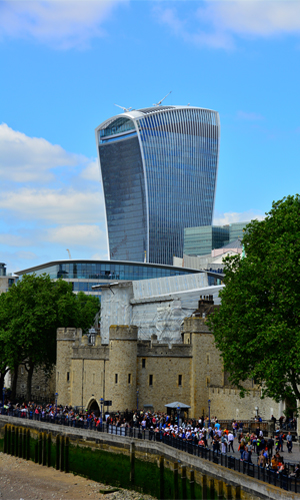Two Chinese firms have announced that they intend to rejuvenate Chernobyl’s exclusion zone by building a solar PV plant within its confines.
GCL System Integration Technology Co., Ltd. (GCL-SI) , a subsidiary of the world’s leading energy group GCL, will cooperate with China National Complete Engineering Corporation (CCEC) in delivering the Chernobyl PV plant project thirty years after the Chernobyl accident.
On 26th April 1986, during a safety check, reactor 4 of the Chernobyl power plant experienced a meltdown that could not be contained. As a result, it is estimated that more than 100,000 people have died as either a direct result of fallout or from subsequent radiation-related illnesses. It is also estimated that over £111.7 billion worth of damage was caused by the disaster. These astounding figures prove that regardless of who is considered responsible for the accident, cleaning up Chernobyl is of worldwide concern. If another reactor had blown during the meltdown, Chernobyl could have rendered the whole of Europe uninhabitable.
During the meltdown, vast quantities of radiation were released into the surrounding atmosphere, contaminating approximately 30 km2 of land with fallout. However, the Ukrainian government now aims to give a new renewable life to the exclusion zone. In October, the country’s Ministry of Environment and Natural Resources claimed the plan to build a PV plant at Chernobyl. “Its cheap land and abundant sunlight constitute a solid foundation for the project. In addition, the remaining electric transmission facilities are ready for reuse,” said Ostap Semerak, Ukraine’s minister of environment and natural resources.
Two Chinese companies will play significant parts in Chernobyl’s revival. CCEC are the general contractor and will manage the overall project. GCL-SI will offer consultancy and planning service as well as PV facilities to the project. According to GCL-SI, construction of the over 1 GW PV plant is expected to initiate in 2017. Once completed, Chernobyl will once again catch the global attention; this time as a revived site of solar energy.
“There will be remarkable social benefits and economical ones as we try to renovate the once damaged area with green and renewable energy. We are glad that we are making joint efforts with Ukraine to rebuild the community for the local people,” said Mr. Shu Hua, Chairman of GCL-SI.
Regarding GCL-SI’s overseas strategy, Mr. Shu further commented: “We have been dedicated to providing integrated solar services and will take diverse approaches this year to drive penetration and achieve global presence. The Chernobyl project is also one of our key steps to approach abroad.”






